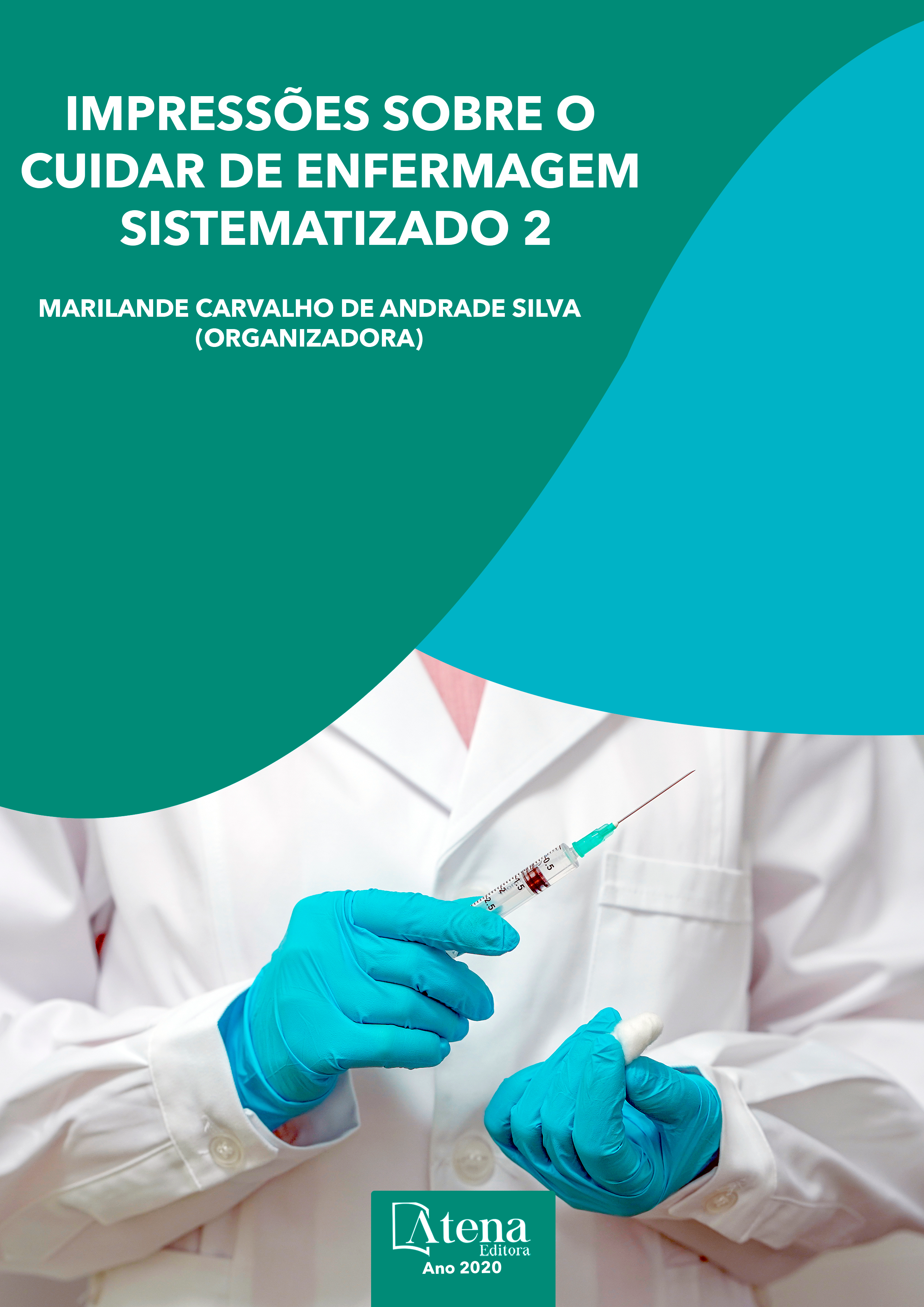
RISCO NA SAÚDE OCUPACIONAL DO PROFISSIONAL DE ENFERMAGEM DE CENTRAL DE MATERIAL ESTERILIZADO
Objetivo: Identificar os principais determinantes que estão relacionados ao agravo da saúde ocupacional dos profissionais de enfermagem em uma central de material esterilizado. Método: Trata-se de um estudo qualitativo, descritivo, realizado em uma instituição privada na região Sul do Brasil. A coleta de dados foi realizada 21 participantes, por meio de um instrumento semiestruturado e o processamento de dados deu-se com o uso do software IRAMUTEQ. Resultados: Emergiram 06 classes: Classe 1- Conhecimento da utilização dos equipamentos de proteção individual (EPI); Classe 2- Higienização dos materiais dentro da CME; Classe 3- Educação Continuada no âmbito da CME; Classe 4- Conhecimento do fluxograma na ocorrência de acidente de trabalho; Classe 5 - Fatores de risco na saúde ocupacional; Classe 6 - Categoria profissional, tempo de profissão, escala de trabalho e a relação com os agravos na saúde ocupacional. Conclusão: A atividade diária dos profissionais na CME deve ser permeada por educação continuada frente ao uso diário e necessários dos EPIs, independe do tempo ou experiência desses profissionais, tendo em vista os fatores de risco associados à sua função.
RISCO NA SAÚDE OCUPACIONAL DO PROFISSIONAL DE ENFERMAGEM DE CENTRAL DE MATERIAL ESTERILIZADO
-
DOI: 10.22533/at.ed.87420220416
-
Palavras-chave: Saúde do trabalhador; Enfermagem; Prevenção de acidentes
-
Keywords: Occupational Health; Medical-surgical nursing; Accident prevention
-
Abstract:
Objective: To identify the main determinants that are related to the aggravation of the occupational health of nursing professionals in a sterile material center. Method: This is a qualitative, descriptive study, carried out in a private institution in the southern region of Brazil. The data collection was carried out by 21 participants, using a semi-structured instrument and the data processing took place using the IRAMUTEQ software. Results: Six classes emerged: Class 1- Knowledge of the use of personal protective equipment (PPE); Class 2- Cleaning of materials within the CME; Class 3- Continuing Education within the scope of CME; Class 4- Knowledge of the flowchart in the event of an accident at work; Class 5 - Risk factors in occupational health; Class 6 - Professional category, length of profession, work schedule and the relationship with occupational health problems. Conclusion: The daily activity of professionals in the CME should be permeated by continuing education regarding the daily and necessary use of PPE, regardless of the time or experience of these professionals, in view of the risk factors associated with their function.
-
Número de páginas: 15
- Bianca Gemin Ribas
- Andrey Zolotoresky Alves
- Rucieli Maria Moreira Toniolo
- Marli Aparecida Rocha de Souza.


